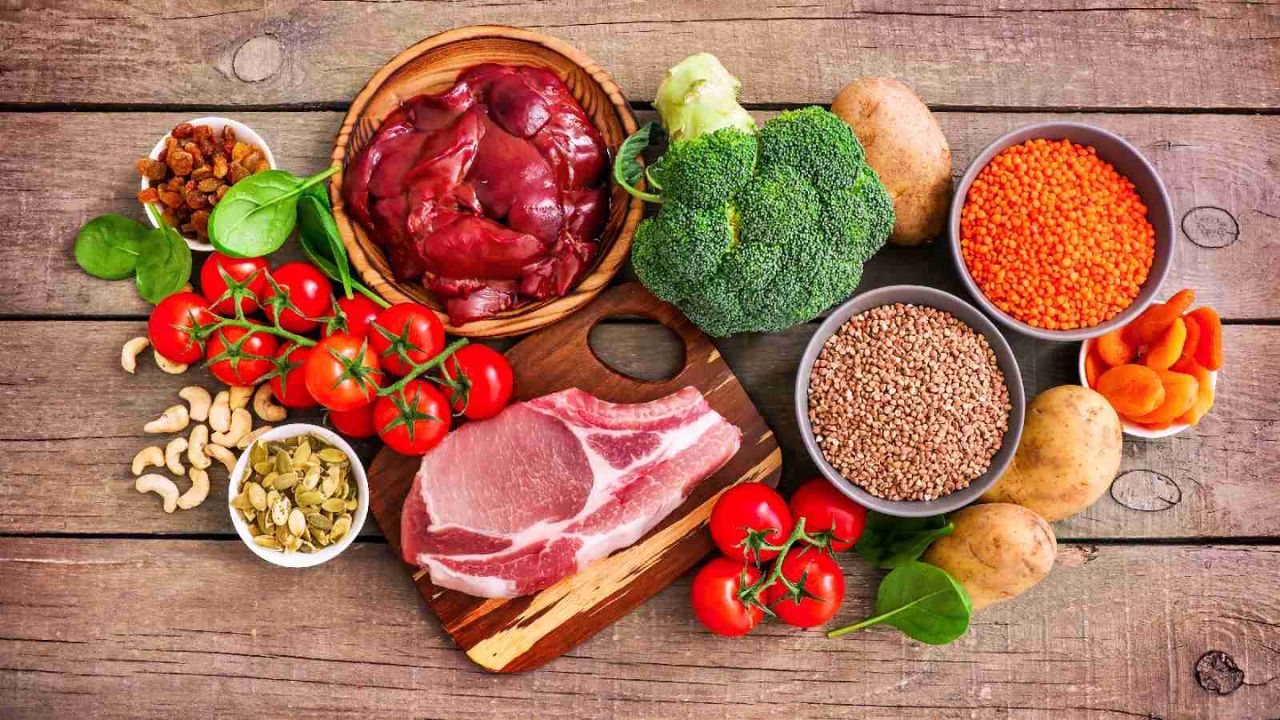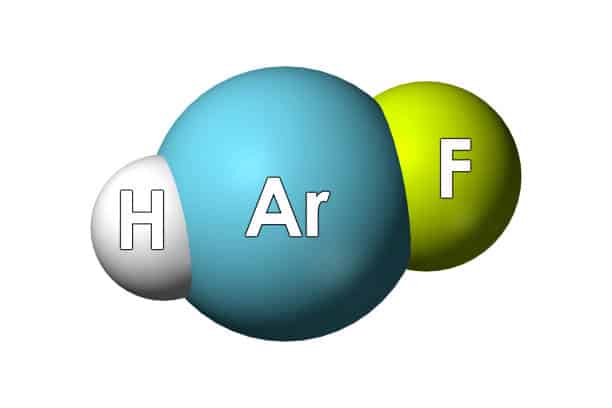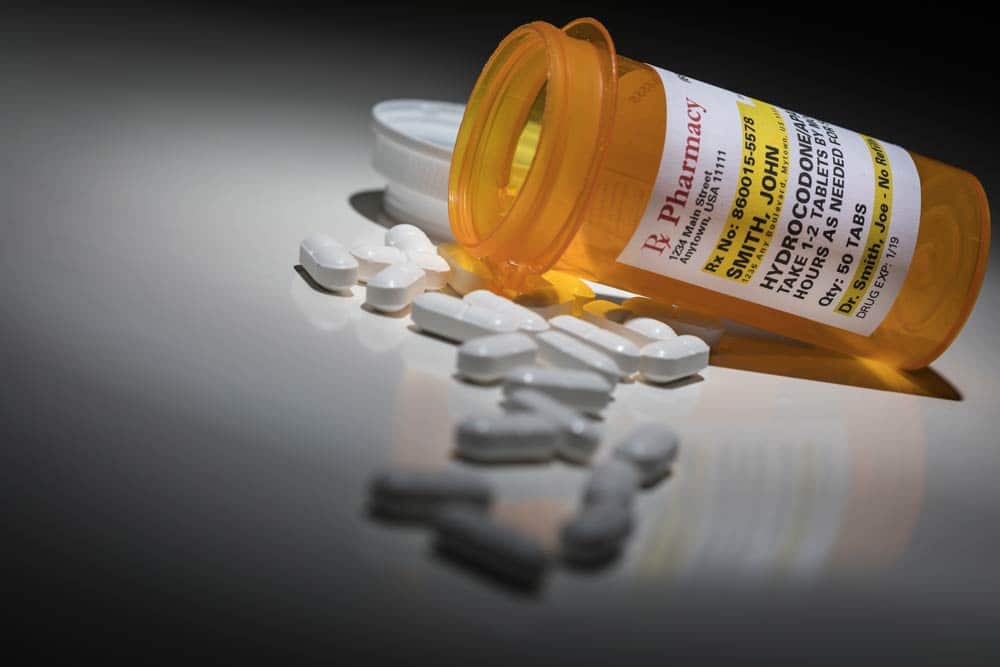Are you feeling fatigued and low on energy? Your hemoglobin levels might be the culprit. In this guide, we’ll explore effective strategies to increase hemoglobin, ensuring you regain vitality and well-being.
Table of contents
What is a Low Hemoglobin Count?
Before delving into ways to boost hemoglobin, let’s discuss low hemoglobin count. A low hemoglobin count, known as anemia, occurs when the level of red blood cells (RBCs) or hemoglobin in the blood is below the normal range.
Furthermore, hemoglobin is a protein in red blood cells that carries oxygen from the lungs to the rest of the body.
Causes of Low Hemoglobin Count:
Here are some of the causes of low hemoglobin count.
- Iron Deficiency: A common cause of anemia is a lack of iron, which is essential for hemoglobin production.
- Vitamin Deficiencies: Deficiencies in vitamin B12, folic acid, and vitamin C can also lead to low hemoglobin levels.
- Chronic Diseases: Conditions such as chronic kidney disease, inflammatory disorders, and certain cancers can affect the production of red blood cells.
- Genetic Factors: Some people may inherit a genetic predisposition to certain types of anemia.
- Chronic Infections: Persistent infections can interfere with the body’s ability to produce red blood cells.
- Blood Loss: Acute or chronic bleeding, such as from gastrointestinal ulcers or heavy menstrual periods, can lead to anemia.
- Bone Marrow Disorders: Conditions affecting the bone marrow, where blood cells are produced, can result in anemia.
- Lifestyle Choices: Certain habits, like smoking or excessive alcohol consumption, can negatively impact hemoglobin levels.
Read this: How to Eat Healthy at College
Symptoms of Low Hemoglobin Count:
- Fatigue: Feeling unusually tired or weak.
- Pale Skin: The skin, especially the face and palms, may appear paler than usual.
- Shortness of Breath: Difficulty breathing, especially with physical activity.
- Dizziness or Lightheadedness: Feeling faint or dizzy.
- Headache: Persistent or severe headaches.
- Cold Hands and Feet: Poor circulation can lead to a sensation of coldness in extremities.
- Irregular Heartbeat: Anemia can lead to an irregular or rapid heartbeat.
Foods that Help Increase Hemoglobin Levels
Here are foods that increase hemoglobin level, however, if you suspect you have a low hemoglobin count or anemia, it is essential to consult with a healthcare professional for proper diagnosis and treatment.
They can recommend appropriate dietary changes, supplements, or other interventions based on the underlying cause of the low hemoglobin levels.
- Iron-Rich Foods: Include red meat, poultry, fish, beans, lentils, tofu, and fortified cereals in your diet.
- Vitamin C-Rich Foods: Enhance iron absorption by consuming foods high in vitamin C, such as citrus fruits, strawberries, bell peppers, and tomatoes.
- Folate-Rich Foods: Consume foods rich in folate, such as leafy greens, broccoli, citrus fruits, and legumes.
- Vitamin B12 Sources: Include foods like eggs, dairy products, meat, and fortified cereals.
- Copper-Rich Foods: Copper is involved in iron metabolism; sources include nuts, seeds, and seafood.
- Avoid Iron Blockers: Some substances, like tea and coffee, can inhibit iron absorption, so it’s advisable to avoid them with meals.
Also, read this: What Can You Do With a Health Science Degree?
List of Foods That are High in Iron and Folate
Certainly! Iron and folate are important nutrients for the body. Here are some foods that are rich in iron and folate:
Foods high in iron:
- Red meat: Beef, lamb, and pork are excellent sources of heme iron, which is more easily absorbed by the body.
- Poultry: Chicken and turkey are good sources of heme iron.
- Fish: Particularly, fatty fish like salmon and tuna provide a good amount of iron.
- Shellfish: Clams, oysters, and mussels are rich in iron.
- Legumes: Lentils, chickpeas, and soybeans are good plant-based sources of iron.
- Tofu and tempeh: These are iron-rich alternatives for vegetarians and vegans.
- Nuts and seeds: Pumpkin seeds, sesame seeds, and cashews contain iron.
- Fortified foods: Some cereals, bread, and other processed foods are fortified with iron.
Foods high in folate
- Leafy green vegetables: Spinach, kale, and collard greens are excellent sources of folate.
- Legumes: Lentils, chickpeas, and black-eyed peas are rich in folate.
- Citrus fruits: Oranges, lemons, and grapefruits are good sources of folate.
- Avocado: Avocado is a folate-rich fruit.
- Bananas: Bananas contain a moderate amount of folate.
- Papaya: This tropical fruit is high in folate.
- Fortified foods: Some breakfast cereals, bread, and rice are fortified with folate.
- Beets: Beets are a vegetable that contains a decent amount of folate.
Check this: How Long Is a Rotisserie Chicken Good For Food Safety Awareness
Note: it’s important to have a well-balanced diet to ensure you get a variety of nutrients. If you have specific dietary concerns or conditions, it’s advisable to consult with a healthcare professional or a registered dietitian.
How to Increase Hemoglobin: Health Optimization Approach
Increasing hemoglobin levels is essential for maintaining good health, as hemoglobin is responsible for carrying oxygen from the lungs to the rest of the body. Low hemoglobin levels can lead to fatigue, weakness, and other health issues. Here’s a health optimization approach to increase hemoglobin:
#1. Nutrient-Rich Diet
Iron-Rich Foods: Include iron-rich foods in your diet, such as lean meats, poultry, fish, beans, lentils, tofu, fortified cereals, and dark leafy greens like spinach and kale. Consuming vitamin C-rich foods alongside iron-rich ones can enhance iron absorption.
#2. Vitamin B12
Foods like meat, fish, eggs, and dairy products are good sources of vitamin B12. For vegetarians or vegans, consider fortified cereals, nutritional yeast, and supplements.
#3. Folate (Vitamin B9)
Consume foods rich in folate, such as lentils, beans, spinach, asparagus, avocado, and fortified cereals. Folate is crucial for the production and maturation of red blood cells.
#4. Vitamin C
Include fruits and vegetables rich in vitamin C, like citrus fruits, strawberries, kiwi, bell peppers, and broccoli. Vitamin C enhances the absorption of non-heme iron (found in plant-based foods).
Also, check this: How Long Does Cocaine Stay in Your System: Substance Detection Knowledge
#5. Copper and Vitamin A
Copper is essential for iron metabolism. Foods high in copper include nuts, seeds, and seafood. Vitamin A is also important for iron metabolism and can be obtained from carrots, sweet potatoes, and dark leafy greens.
#6. Avoid Iron Inhibitors
Certain foods can inhibit iron absorption. Avoid consuming calcium-rich foods (milk, cheese) and caffeine around the same time as iron-rich meals. Phytates in whole grains and legumes can also hinder iron absorption.
#7. Hydration
Drink an adequate amount of water. Dehydration can lead to a decrease in blood volume, affecting the concentration of red blood cells and hemoglobin.
See also: How To Store Cucumbers: Practical Wisdom In Food Preservation
#8. Supplements
If dietary changes are insufficient, consider iron supplements. However, it’s crucial to consult with a healthcare professional before starting any supplementation, as excessive iron intake can be harmful.
#9. Regular Exercise
Engage in regular physical activity to stimulate the production of red blood cells. Consult with your healthcare provider before starting any new exercise regimen.
Manage Underlying Health Conditions:
Certain health conditions, such as chronic kidney disease or inflammatory disorders, can affect hemoglobin levels. Managing these conditions with the help of a healthcare professional is essential.
#10. Regular Blood Tests
Monitor your hemoglobin levels through regular blood tests. This will help you track progress and make adjustments to your lifestyle and diet as needed.
Note: individual responses to dietary changes and supplements can vary, so it’s important to work with a healthcare professional to create a plan tailored to your specific needs and health status.
Related post: Fitness Goals: Proven Strategies on How to Get a Bigger Butt
FAQs: Increasing Hemoglobin
Supplements can be beneficial, but it’s crucial to consult a healthcare professional for personalized recommendations. They will assess your specific needs and guide you on suitable supplements.
Individual responses vary, but consistent dietary changes may yield noticeable results within a few weeks. Patience is key in the journey to optimal hemoglobin levels.
Absolutely! Vegetarian sources like legumes, nuts, and seeds provide ample iron for hemoglobin synthesis. Combine these with vitamin C-rich fruits and vegetables for enhanced absorption.
Yes, prolonged stress can impact hemoglobin levels. Practice stress management techniques such as meditation or yoga to maintain overall well-being.
Excessive iron intake may lead to side effects. It’s crucial to follow recommended dietary guidelines and consult a healthcare professional for personalized advice.
Yes, certain health conditions can affect hemoglobin levels. Regular health check-ups are essential to identify and address any underlying issues.
Conclusion
Boosting your hemoglobin levels is a tangible step towards holistic health. By embracing a Health Optimization Approach, blending nutritional excellence with lifestyle balance, you pave the way for sustained well-being.
Remember, consult with healthcare professionals for personalized guidance, ensuring your journey is both effective and safe.
References
Recommendations
- How to Know if Toenail Fungus is Dying: Health Indicator Awareness
- How to Massage Ear Wax Out: Health Care Technique for Ear Hygiene
- Richard Simmons Now: A Status Update On His Life And Health
- How to Get Your Period in One Hour: Holistic Understanding of Women’s Health
- How Much Does a Dental Hygienist Make: Earning Potential in Oral Healthcare






